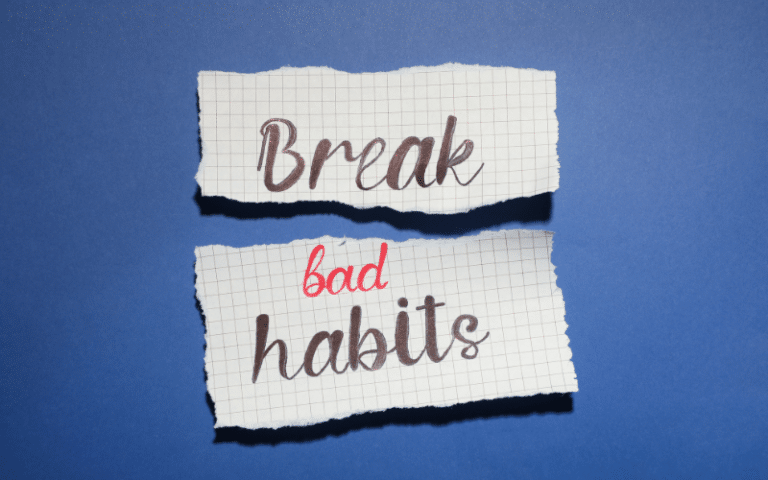15 Ways to Pay Off Debt Quickly and Painlessly

Mounting debt can be a looming shadow over anyone’s financial well-being, casting doubt, stress, and uncertainty into daily life. Whether through unexpected emergencies, educational investments, or a series of unfortunate financial decisions, debt can accumulate rapidly, becoming a persistent burden that hinders growth, stability, and peace of mind. It is a complex issue that many face, but it is by no means an insurmountable one.
The journey to becoming debt-free is not a sprint but a carefully planned marathon. It involves understanding the nature of the debt, creating a strategy tailored to individual needs, and following through with dedication and discipline. The process might seem overwhelming at first, but like any complex problem, it becomes more manageable when broken down into specific, actionable steps. By assessing the situation with clarity and attacking the debt with precision, one can navigate the path towards financial freedom.
This article provides strategies to pay off debt swiftly and easily. These are not merely theoretical concepts but tried-and-true methods that have helped many reclaim control over their financial lives. From understanding the psychology of debt repayment to leveraging unique financial techniques, these strategies aim to equip you with the tools needed to erase debt and build a stable, prosperous future. As we delve into each strategy, remember that the path to debt freedom is unique to each individual, and personalization of these methods will yield the best results.
1. The Snowball Method
The Snowball Method is a tried-and-true approach to tackle debt by focusing on smaller amounts first. By listing debts from smallest to largest and clearing the smallest ones first, you get a sense of achievement early on. This strategy gives a boost to morale and helps keep the momentum going. As each small debt gets cleared, you gain more confidence and are further motivated to tackle the next one, creating a cascading effect toward the larger debts.
2. The Avalanche Method
The Avalanche Method, by contrast, requires a strategic focus on debts with the highest interest rates. By attacking these debts first, you prevent larger interests from accruing over time. Though it may seem daunting initially, especially if the highest interest debt is a significant amount, the long-term savings in interest make this method highly efficient and economical in the grander scheme of things.
3. Establish a Clear Budget
A well-defined budget is akin to a roadmap. By determining where your money goes each month, you can discern potential savings and unnecessary expenditures. A clear budget helps in streamlining expenses, ensuring you don’t spend on frivolities. Furthermore, a budget isn’t just a tool for tracking; it’s a blueprint for financial freedom. Adhering to it ensures you always remain on the right path.
4. Harness Extra Income Streams
The digital age offers numerous opportunities to supplement primary income sources. Whether you’re freelancing, tutoring, selling crafts online, or renting out space, every extra penny can significantly bolster your debt repayment strategy. Dedicating even a fraction of this additional income to your debt can exponentially hasten the debt-clearing process, offering relief sooner than anticipated.
5. Curtail New Debt
As you navigate the pathway out of debt, vigilance is paramount. Ensure you’re not offsetting your progress by accumulating fresh liabilities. Practising restraint, especially with tempting credit offers, can seem challenging, but the long-term benefits are well worth the discipline. Adopting this preventive approach ensures that you are genuinely moving forward, not just running in place.
6. Negotiate Your Rates
Communication can often yield unexpected benefits. Reaching out to your creditors, especially if you’ve been consistent with payments, can sometimes result in negotiated interest rates. Even a minor rate reduction can translate to significant savings over time. This proactive approach showcases responsibility and may lead creditors to be more accommodating.
7. Debt Consolidation
Juggling multiple debts can be not just financially draining but also mentally taxing. Consolidation offers an elegant solution, combining various debts into one manageable monthly payment, often with a reduced interest rate. This simplicity can make budgeting easier, and the reduced interest can lead to faster debt elimination.
8. Allocate Windfalls Strategically
Unexpected financial bonuses, whether tax returns, work bonuses, or even gifts, can significantly aid your debt-clearance journey. Instead of splurging, channelling these funds toward your debts can reduce your financial burdens. Allocating these unexpected boosts to debt not only hastens relief but also reinforces responsible financial habits.
9. Limit Luxuries
Everyday luxuries, enjoyable as they are, can accumulate over time. Temporarily cutting back on non-essentials can free up funds for debt repayment. This isn’t about denying oneself but rather prioritizing financial freedom over short-term pleasures. As debts decrease, there’ll be ample opportunity to indulge without financial guilt.
10. Stay Financially Educated
In the evolving landscape of finance, continuous learning is invaluable. By staying updated with current financial trends, tools, and best practices, you can optimize your debt repayment strategy. Financial literacy not only equips you to tackle current debts but also empowers you to make informed decisions in the future, safeguarding against potential pitfalls.
11. Emergency Funds
While channelling funds toward debt is crucial, setting aside a safety net is equally vital. Life’s unpredictability can bring about unexpected expenses, and without a buffer, you might find yourself plunging deeper into debt. An emergency fund acts as a shield, ensuring that unforeseen events don’t derail your progress.
12. Spending Habit Analysis
Reflecting on our spending habits can provide illuminating insights. With numerous digital tools available, it’s easier than ever to track and evaluate our expenditures. Identifying patterns, especially impulsive or frivolous spending, can guide corrective measures. This heightened awareness ensures every dollar is spent wisely and purposefully.
13. Ditch the Credit Cards
Credit cards, if mismanaged, can quickly exacerbate debt situations. If you’re susceptible to overspending, consider reducing your reliance on them. Opting for cash or debit transactions can instil a tangible sense of spending, fostering more judicious purchasing decisions. Over time, this can cultivate a more disciplined and sustainable financial mindset.
14. Seek Expert Guidance
Financial terrains can be intricate. Enlisting the expertise of financial advisors or credit counsellors can offer tailored guidance, shedding light on potential avenues or strategies previously overlooked. These professionals can demystify complexities, providing clarity and actionable steps toward debt freedom.
15. Join Debt Support Groups
Debt, while primarily financial, also carries an emotional weight. Connecting with others on similar journeys can offer solace and solidarity. These support groups, both online and offline, provide a platform to share stories, strategies, and successes. Collective wisdom and mutual encouragement can make the journey less isolating and more empowering.
Conclusion
Debt, while intimidating, is not insurmountable. With the right strategies in place, even the most daunting financial burdens can be methodically and effectively tackled. The journey to debt freedom requires patience, discipline, and a commitment to informed decision-making. By integrating the strategies outlined above, not only can one navigate the path out of debt but also cultivate habits that ensure sustained financial health in the future. Remember, every step taken toward reducing debt is a step closer to achieving financial freedom and peace of mind. Your future self will thank you for the decisions and efforts you make today.





